We originally set out to explain what was going on with EA Sports College Football with our FAQ about the franchise and what we know so far. We also dipped into the educated guesses territory and outlined some things to watch for in the future. However, the other issues to discuss are the ones that ended college sports video games, and those are the legal and student-athlete licensing components. So with that in mind, we’re creating this separate EA Sports College Football legal FAQ to try and answer some of the questions surrounding what’s left to figure out before college football comes back to consoles.
We want to point out what’s already happened with licensing, and we want to key you in on specific dates, legislation and legal actions that are still in the pipeline. This will be a little dry, but if you want to get into the nitty gritty of all of this, then let’s take this journey together.
Also, there’s no real way to talk about all of this without blatantly straying into the “political” realm. While just about everything is political to some degree, on the forums we mostly steer clear of straight up politics. However, I can’t really do that here. So if you don’t want to read about politics, then just skip past this article.
EA Sports College Football Legal FAQ
What is the NIL, and why do we keep hearing about it?
NIL stands for name, image, and likeness. The best way to think about this concept is by thinking of video game licensing in pro sports games. EA and other companies negotiate with and then pay a players association for a blanket licensing agreement to use the NIL rights of the players in the NBA, MLB, NFL and so on. These players associations get the agreed upon fees from EA and the like, and then every player in that union gets a cut of the proceedings. The NIL rights to use these players cover video games, trading cards, and so on, so this sort of licensing can add up for these unions and the players in them.
However, college athletes obviously don’t have a union right now. They are, by definition, student-athletes and therefore don’t have the same rights to unionize or make money off their NIL rights. They can’t sell their NIL rights as individuals either right now — they would still lose their amateur eligibility — and thus you can see why making college video games became rather awkward once athletes pointed out they were more or less still being used for products being sold for profit.
Again, EA (and other companies) would have been perfectly happy to pay these athletes to be in their games and showcase their products, but the NCAA was not a fan, and conferences as well balked after a certain point. This same equation remains in place to some extent, but as explained in our first FAQ, colleges and conferences generally feel comfortable again returning to this arena — even if the NCAA does not.
So then why are Notre Dame and these other schools pulling out of the EA Sports College Football game already?
Some folks seem confused by a couple schools pulling out of EA’s game already, especially after seeing that the CLC was in charge of the licensing rather than the schools themselves. First off, in the case of Notre Dame, that university is not a part of the CLC. EA would have had to negotiate with Notre Dame separately either way. This is not weird, and we have seen other schools not in the CLC in Madden and NBA 2K in a post-NCAA Football world.
However, Northwestern and Tulane are a part of the CLC, and they also pulled out in recent weeks, so what gives? This is easy to understand by simply stating: just because the CLC sells licensing rights for these universities, the administrations at those universities can still refuse to go along with certain licensing agreements.
These universities are pulling out now in part due to the evolving nature of the collegiate and state NIL laws. For example, the public-facing reason given by Notre Dame is:
“Notre Dame will not, however, participate in the game until such time as rules have been finalized governing the participation of our student-athletes. As those rules are developed, it is our strong desire that student-athletes be allowed to benefit directly from allowing their name, image and performance history to be used in the game.”
In essence, the administration at Notre Dame is showing camaraderie with the students. However, it’s easy to argue this is a potential problem for Notre Dame from both a recruiting standpoint and name recognition standpoint. If 100-plus schools are in EA Sports College Football (as is currently the plan) and Notre Dame is not among them, doesn’t that just hurt the school? I think it’s easy to argue it does, but it would probably not hurt a ton. At its worst, potential recruits maybe are not as excited to go there and the university loses out on some money from EA.
Even if the “worst” outcome does not come to pass, looking below the surface, the play here from Notre Dame is to put pressure on the NCAA to do something about NIL rules sooner than later. Notre Dame is a loud voice in that room, and the university is using that voice here to put pressure on the NCAA.
Didn’t the NCAA say it would decide on NIL rules by now?
Yes. However, for a couple reasons we’ll get into, the president of the NCAA, Mark Emmert, delayed the initial January 2021 deadline to enact NIL proposals. To give the briefest of timeline summations here, the basic flow was supposed to be.
- Get proposals from the NCAA divisions by the end of August.
- Work through these to figure out legislation by the end of October.
- Get the divisions to agree on rules by January 2021.
The problem here has been that the NCAA is trying to figure out ways to keep these payments to athletes very specific, and at the same time, make sure these student-athletes are not allowed to unionize because the NCAA says they’re students and not college employees. In the most diplomatic way possible, the NCAA committee working on this stuff has not ruled out the idea of “group licensing” that’s similar to what we see in other pro sports with unions, but the tricky part is how do you make that feasible while still being against unionizing? In short, you probably can’t do it.
This is part of the reason why the NCAA is dragging its feet, and we’ll get into the other reasons soon enough.
Either way, don’t some states now have NIL laws?
Yes. Florida has passed an NIL law and that law goes into effect on July 1, 2021. That July 1 date is one you should remember because it’s one of the key dates on the timeline in terms of what to watch for moving forward. Other states like California and Colorado have also passed NIL laws, but they are not going into effect until 2023 — though California is looking at expediting that date. California was the first state to pass NIL legislation (Fair Pay to Play Act), but the state legislature had built in that later date in part to give the NCAA time to act.
Representatives in Iowa have also proposed legislation with a July 1, 2021 effective date, and something like two dozen NIL laws have at least been proposed either at the state or federal level overall. In short, states are looking to step up because they feel the NCAA has not done its job. This is ironic on some level because the NCAA has tried so hard to keep Congress and states out of its arena, and now when the NCAA finally asks for outside help, it might be the start of its undoing.
Why did the NCAA want Congress to get involved anyway? NCAA officials usually try to solve something like this on their own.
NCAA officials probably did not read the room right. In part, it seemed like the initial play from the NCAA was to hope that Congress would pass something somewhat restrictive and put in place rules that meant student-athletes maybe get paid, but it would not be a ton of money — and there would also be restrictions in place. However, the labor laws being proposed at the federal level have varied wildly (we’ll get to them in a bit), and the state laws are obviously going to vary.
While the NCAA maybe wanted Congress to get involved to stop California, Colorado, and now Florida from setting varying rules for NIL laws, the NCAA now has to deal with an issue from multiple angles.
On top of that, the Power Five conferences bypassed the NCAA and asked Congress to not wait for the NCAA to make a ruling as well. You can read this a couple ways, but much like we explained how the NCAA does not really have much licensing power over college football itself — again, EA mostly dealt with the CLC and not the NCAA to get the licensing for its old NCAA Football series — the same is happening here to some extent.
In other words, the NCAA is potentially a “paper tiger” in some regards. The NCAA could go to court and fight these state NIL laws. The NCAA could go to court and fight a theoretical law that comes out of Congress. The NCAA could also just say “go ahead student-athletes, get paid and unionize.”
But the point is if the Power Five conferences are going around you, plus you have to fight potential legal battles at the state and/or federal level, at what point is it no longer worth it to keep fighting from a monetary and power perspective? It’s a question the NCAA is going to have to figure out at some point.
So when will the NCAA decide new NIL rules?
At a to be determined date. Besides that July 1 date for the first state NIL law to go into effect, the NCAA is putting a lot of its eggs into the U.S. Supreme Court basket now. The NCAA petitioned the Supreme Court to review a ruling from a lower court. The ruling in this case basically stated the NCAA could not limit benefits related to education that college athletes could receive.
So, now this Supreme Court case will consolidate two prior cases (National College Athletic Association v. Alston and American Athletic Conference v. Alston) into one. While Covid-19 continues to keep some things in flux, the case is going to be argued at some point here in 2021, and a decision is expected as of now by the end of June 2021.
The NCAA does not look like it will do anything before this case is decided now because any rules put in place could be upended by this case. The laws passed in states could also conceivably be thrown into disarray by the ruling here, which would create its own subset of messes.
What will the Supreme Court decide to do here?
It’s hard to say. The U.S. Supreme Court is conservative-leaning at this point, but there’s a lot at stake here beyond just NIL laws. Plus, it’s not necessarily easy to decipher what a “conservative” ruling would be here in terms of where the line is drawn for student-athlete compensation. Most of these court cases still stem from the original O’Bannon case, and we keep getting new cases and appeals because the rulings generally favor student-athletes, and thus the NCAA continues to fight them.
With this particular case, there is a cascading effect that could alter the basic economics of college sports should the Supreme Court rule in favor of student-athletes. If student-athletes are given leeway to negotiate freely, what stops TV networks and so on from telling the NCAA that it no longer has the power to ask for exorbitant sums of money when it now has to pay student-athletes as well? Or the Supreme Court could side with the NCAA and stall out these state NIL laws and simultaneously allow the NCAA to create a more restrictive NIL landscape.
So when will Congress get to this issue?
The easiest and most correct answer is, who knows. Still, let’s break this down in pieces.
First off, another issue the NCAA is waiting for before deciding what to do with its own NIL proposals relates to the DOJ. The Department of Justice will soon have a new attorney general, Merrick Garland. Garland’s nomination advanced out of committee on March 1, and so he will get a Senate floor vote at some point later this month. All signs point to him being easily confirmed by a bipartisan majority of the Senate when that vote occurs.
Garland’s confirmation matters because the DOJ has been in a state of transition since Joe Biden was elected president, which is normal after an administration changeover. But this means we need to see who is going to be in the other spots in Garland’s DOJ now. That matters because Makan Delrahim, the former assistant attorney general of the DOJ’s antitrust division, was another reason Emmert punted on putting up any potential NCAA NIL laws for a vote at that previously planned NCAA meeting in January. Delrahim was previously working in the Trump administration, and he warned the NCAA about violating antitrust laws by being too restrictive with any NIL proposals.
“Ultimately, the antitrust laws demand that college athletes, like everyone else in our free market economy, benefit appropriately from competition,” Delrahim wrote.
Delrahim wrote that letter to Emmert in early January, and later stated he would resign from his position on January 19. Richard A. Powers is now the acting assistant attorney general, but who knows if he stays in that position in a more permanent capacity. And more importantly to this discussion, it’s unclear what his stance even is on the NCAA NIL proposals and potential antitrust violations. For now, this means the NCAA does not know if it has an ally or enemy in the DOJ.
In terms of Congress, we have seen a number of potential pieces of legislation pop up during the past 12 months. A bipartisan proposal popped up in September 2020, and this was put together after several others that came before it. As much as I would love to chat in-depth about each of these proposals as a politics and legislation nerd, I don’t think I need to do that here (you can thank me later or read about them here, courtesy of ESPN).
The bottom line with most of these federal proposals is that the NCAA would probably not be too happy about most of them. But the NCAA first and foremost cares about antitrust exemption status, and that part is what remains relatively hazy in most of the proposals. Sen. Marco Rubio (R-Fla.) was the most direct about giving the NCAA an antitrust exemption in a proposal from last summer, but that did not go anywhere due to both Republicans and Democrats.
The most recent federal bill popped up on February 4, and it was co-authored by Sen. Chris Murphy (D-Conn) and Rep. Lori Trahan (D-Mass). This one is worth noting because it’s the most recent and it would create a totally unrestrictive NIL law.
Sen. Chris Murphy is also a name to watch moving forward. He has been the most vocal member of the Senate these days in favor of student-athletes, but he’s also been clear to say he doubts anything comes up before that July 1 due date for state laws to start going into effect. In fact, I would say he’s looking forward to that date. To put it another way, he’s mostly been waking up and “choosing violence” as it relates to creating chaos for the NCAA:
“I wasn’t going to support what the NCAA did, so I’m not shedding any tears over the NCAA’s decision to delay,” Murphy told ESPN. “They were never going to be able to handle this. I think there’s an argument to be made for letting the different state laws take effect so we can see if the sky falls like the NCAA says it will.”
Regardless of when Congress takes up a proposal, the bigger question is whether or not Democrats and Republicans can come together here on any NIL bill. Democrats maintain a thin majority in the House, and a razor-thin majority in the Senate after winning both Georgia Senate runoff elections. Still, even with full control of Congress, Democrats would need to get to 60 votes in the Senate — assuming the legislative filibuster remains intact moving forward. Can Democrats find Republican votes for any federal NIL bill? Well, while there has been relatively solid bipartisan voting as it relates to confirming most of Biden’s cabinet members to this point, legislation has not seen that same bipartisan support so far — or in recent years overall.
Either way, there’s no question Congress has bigger issues to deal with right now, so we’re going to be in wait-and-see mode here.
Is it full steam ahead for these states in the meantime?
Yep.
States are not showing much of a reason to slow down at this point — at least until the Supreme Court decision in late June. Again, this is a competition for dollars now. Depending on the university, how well a university is doing can mean a lot of money for the state, and college sports are drivers of big money in those instances. If Florida is getting all these top players to come play at Miami, Florida State, UCF, and so on due to its NIL law, why would another state want to put itself at a competitive disadvantage for those same dollars?
In short, the first battle we will likely see is going to be between states and the NCAA at some point soon (probably around July 1 or after the Supreme Court ruling around that same date).
Does this all end up with real players being in EA Sports College Football?
Ultimately, I think we get there in some form or fashion. However, the last piece here to consider does, again, go back to unions. If Congress can’t pass anything, states making their own laws is the next most likely outcome if the Supreme Court sides with student-athletes. But without a federal law in place, it’s really hard to decipher how college athletes create a singular union. This means it would either come down to each individual student-athlete negotiating with EA, or entire student-athlete bodies at universities negotiating with EA, or an entire state’s group of college athletes trying to negotiate with EA. However, beyond individuals negotiating, how do you set those groups up without a union? It would not be impossible, but it would rely on states somehow coming up with a unified NIL agreement that the NCAA also signs off on, while simultaneously still having a way for college athletes to be represented in the negotiations with EA.
With the union option, this also means the “right to work” and the laws surrounding that concept could also be tricky if we’re dealing with individual states (on top of the already tough topic of whether college athletes could even form smaller state-wide unions). Right-to-work laws are their own deeply divisive topic, so the only real point I would want to make here is they could further complicate things. They could alter the way negotiations come together and take place in various states if you are trying to deal with these smaller sets of theoretical student-athlete unions, which could be another potential wrinkle in all of this — beyond the NIL rules themselves potentially being different state to state as well.
So, the cleanest way to get every student-athlete into EA Sports College Football would be for the Supreme Court to rule against the NCAA in the upcoming case, and for Congress to pass some sort of federal NIL bill. Short of that, we’re probably looking at something where we end up with individual players from various schools in the game, or some combination of entire rosters being real while others are all auto-generated.
After all, we have to remember that EA is also going to be making these calculations. If there’s no union or way to collectively bargain with an entire group of student-athletes, does EA simply target the top players and move on from there? Does EA decide it’s not worth the effort and paperwork to sign tons of individual players as it relates to how many extra sales it will generate? Or does a particular outcome make EA confident it won’t be sued again if it simply puts in a roster share feature and bypasses college athletes entirely?
We will have to wait and see.
I think that covers most of the major questions so far. If you have a burning question we did not hit on, feel free to ask it in the comments below or on the forums. Thanks for reading if you made it this far, and a special thanks to everyone in the Photographic Side of NCAA Football 14 for all the awesome images featured in this article.


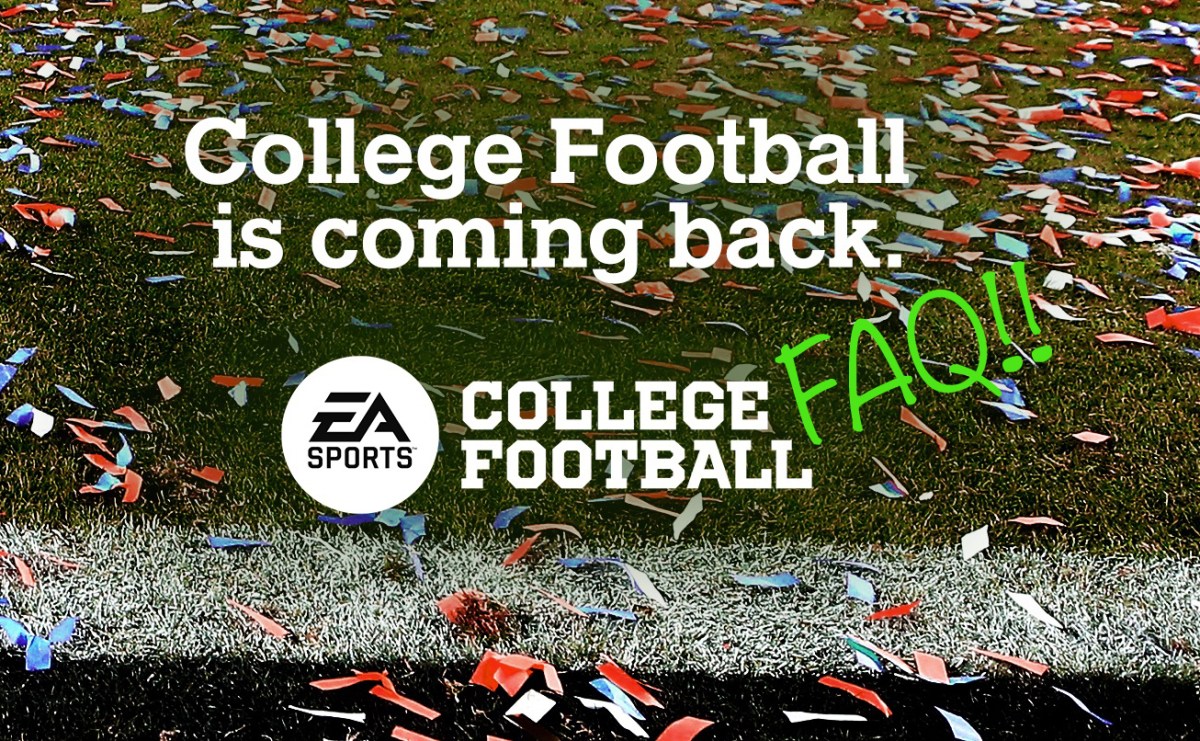
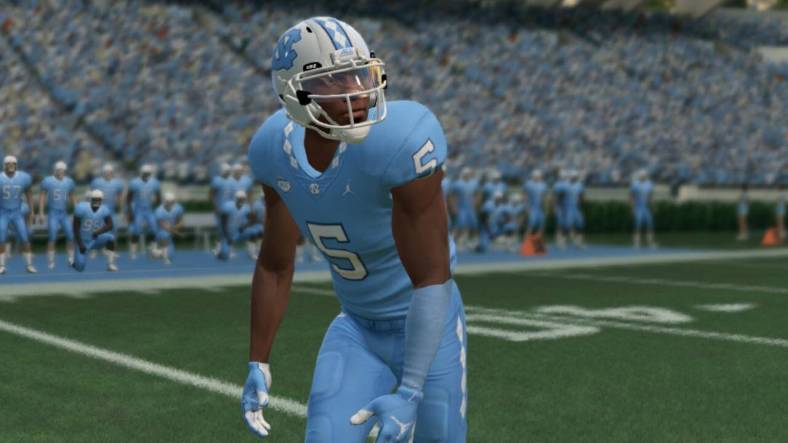
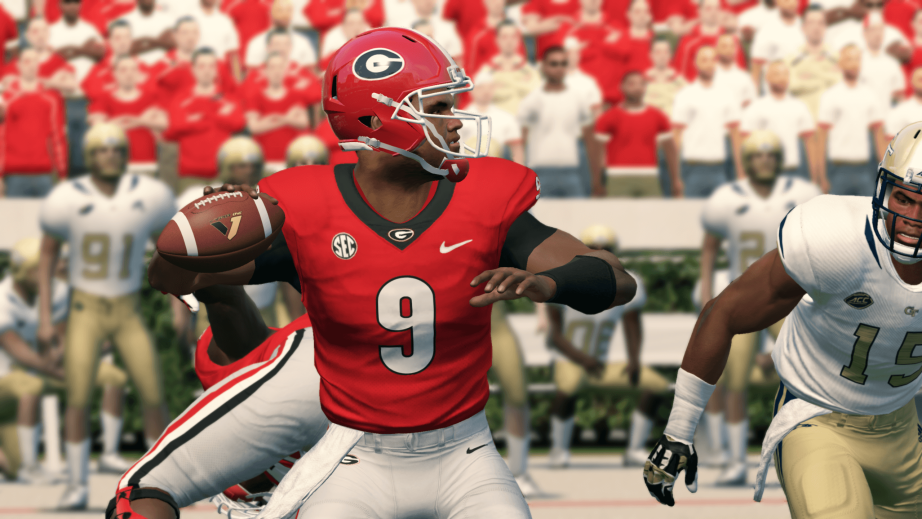


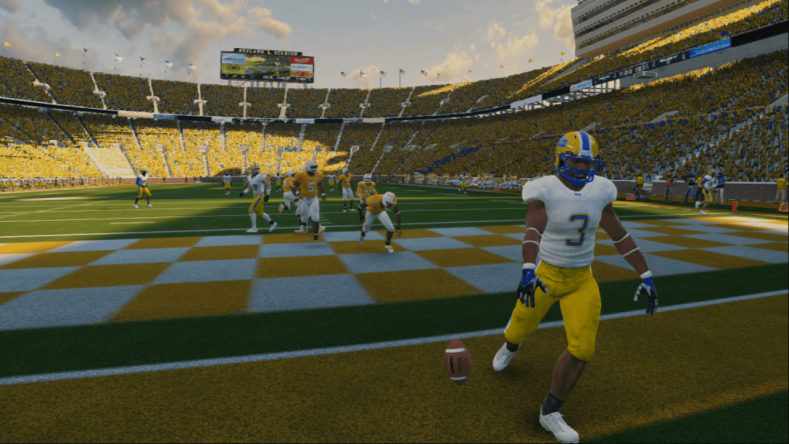
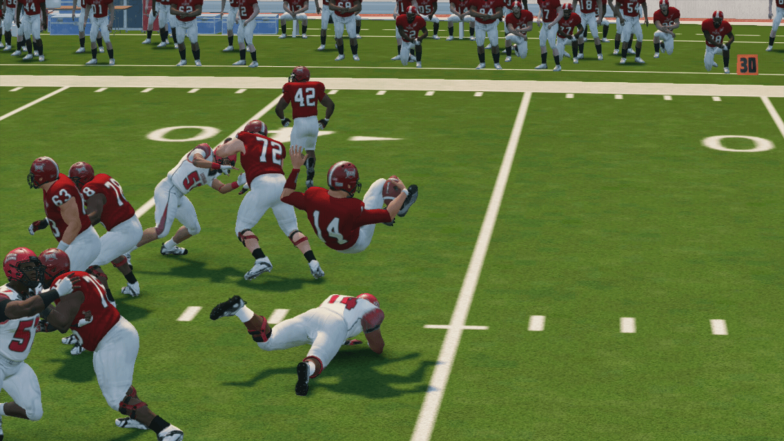
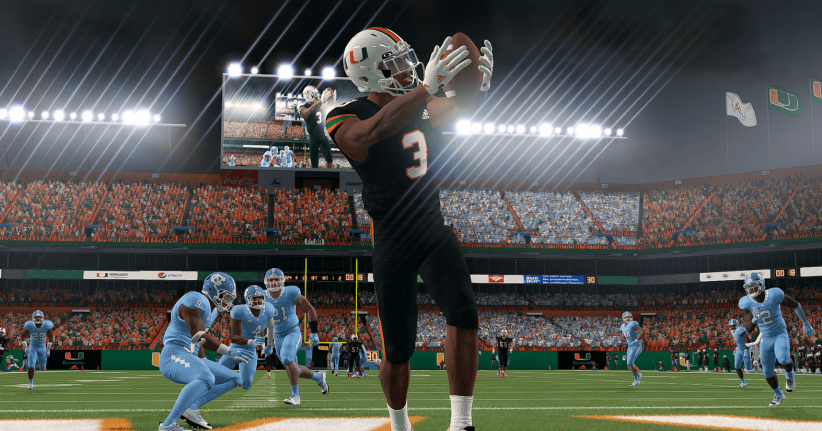
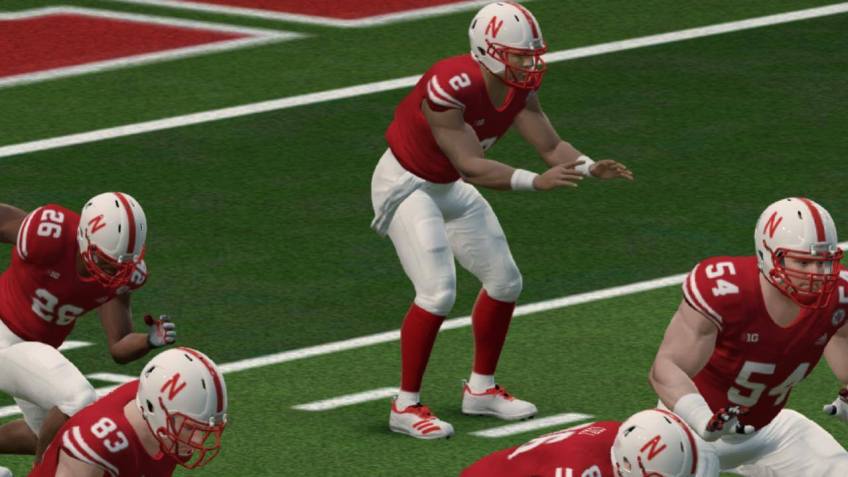
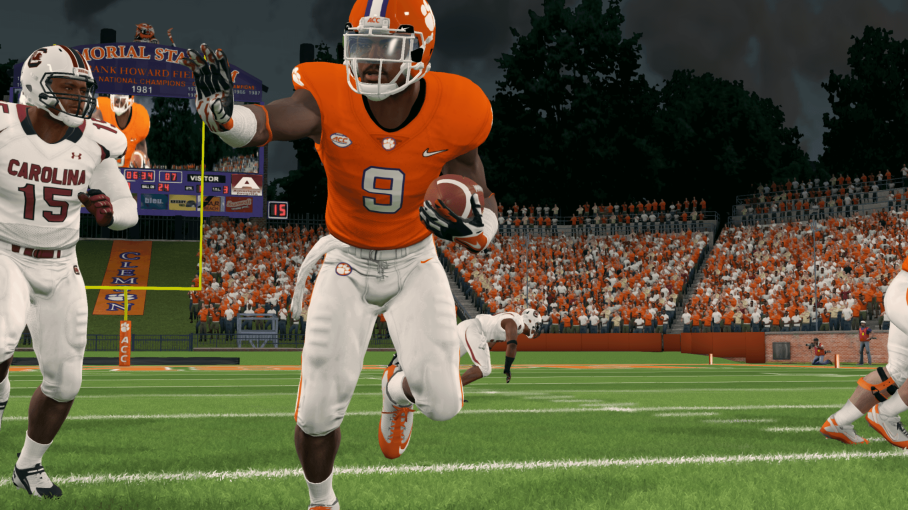
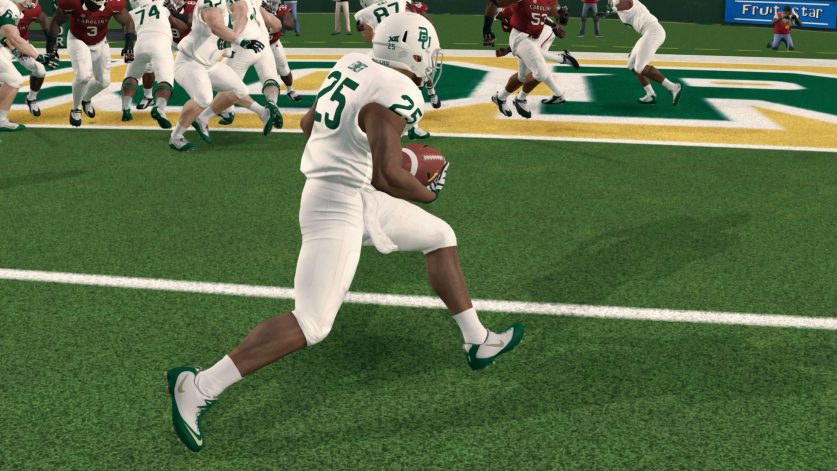
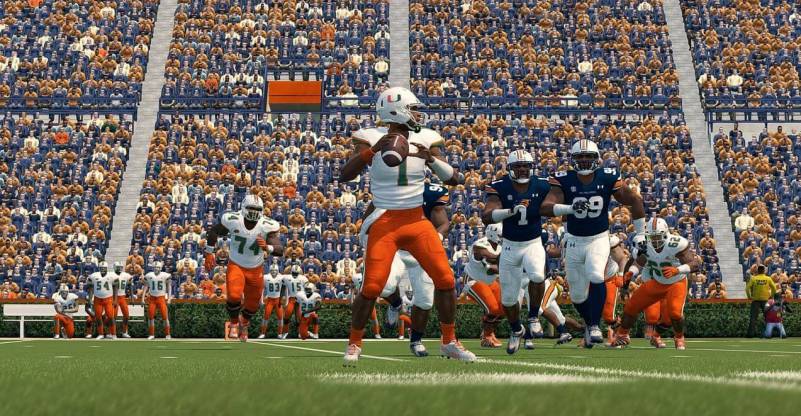
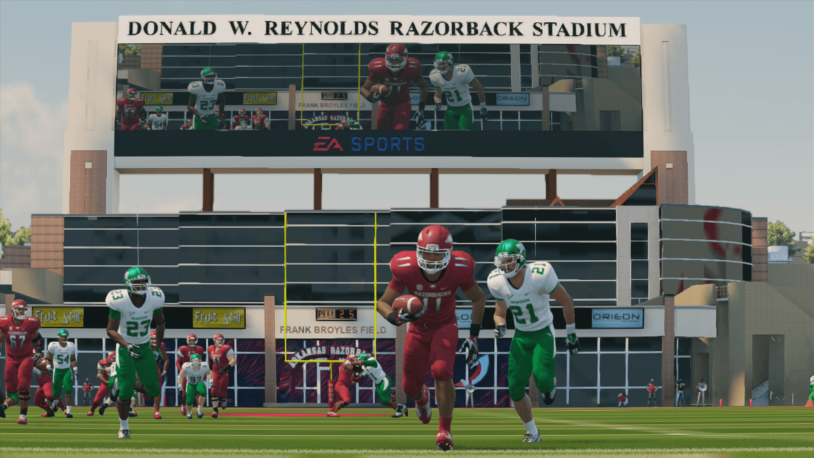
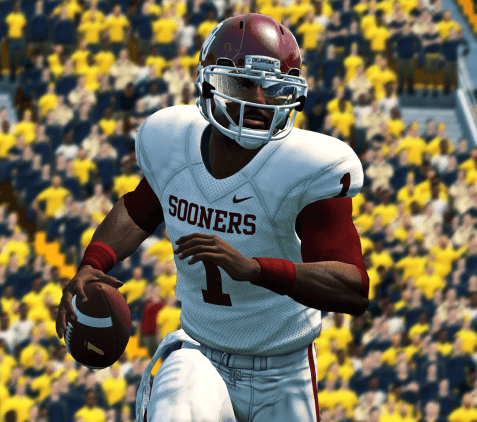
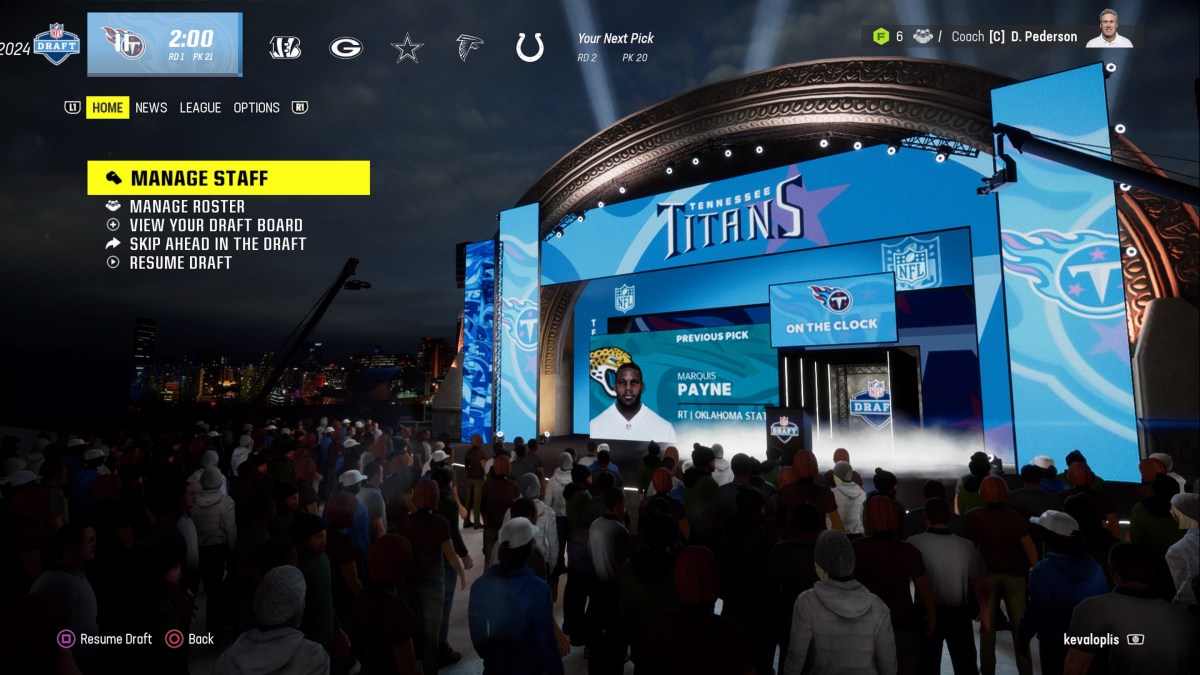
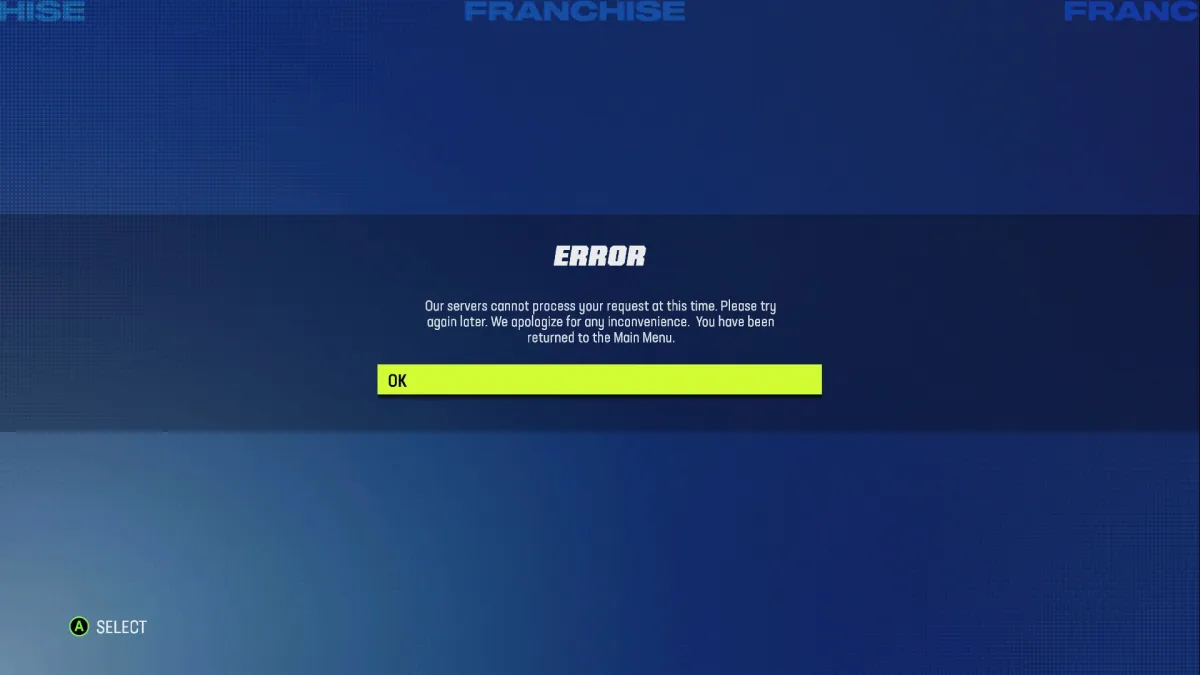
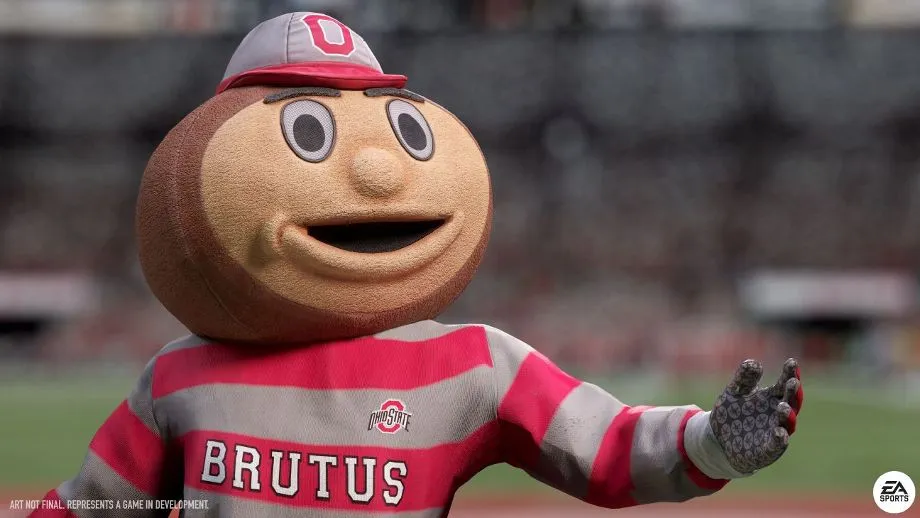
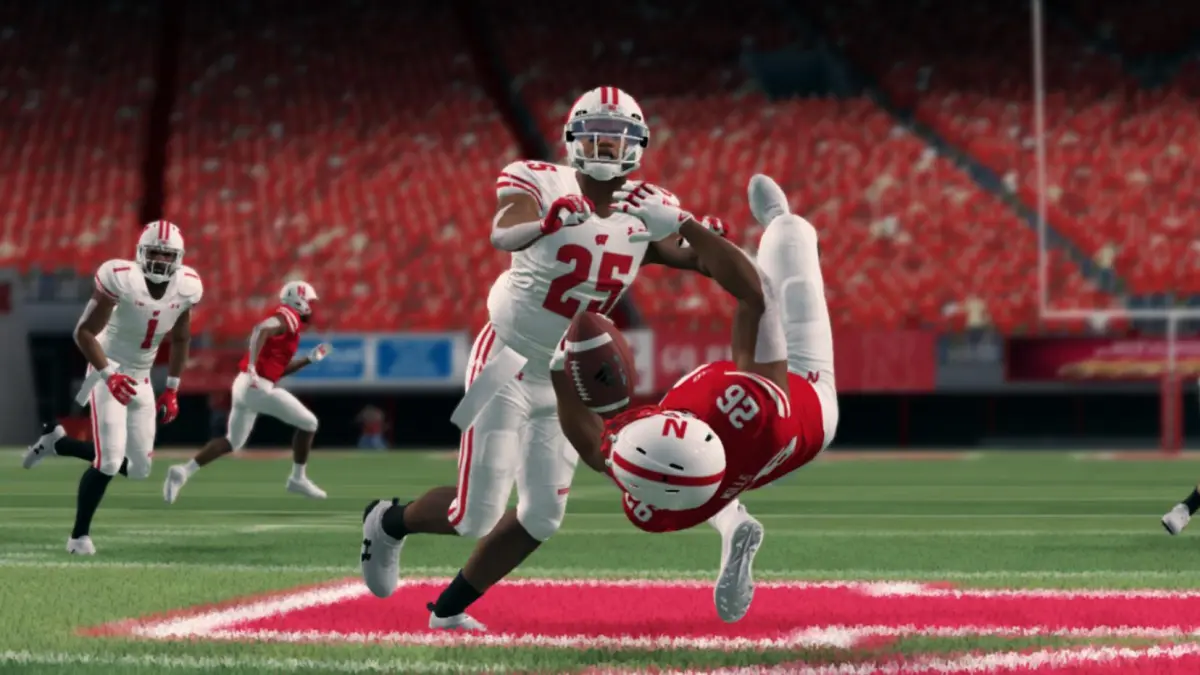
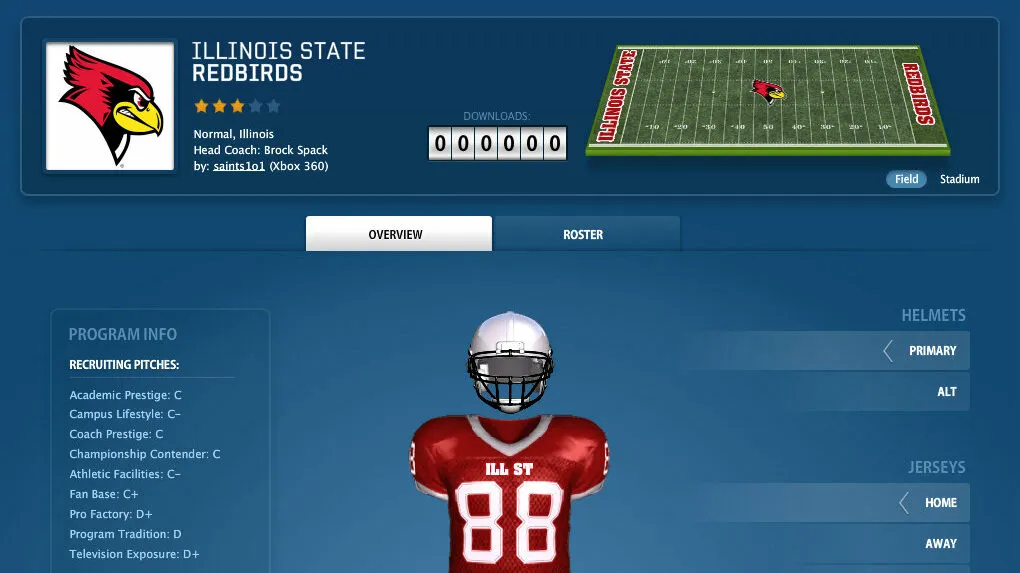
Published: Mar 4, 2021 12:35 pm